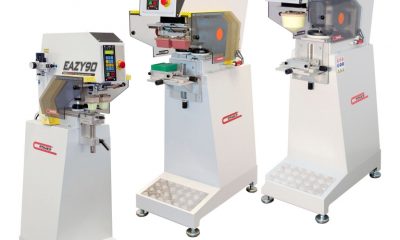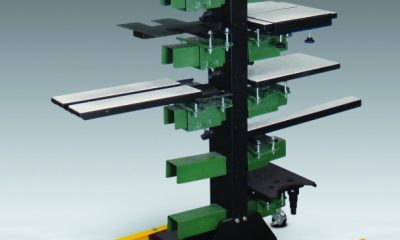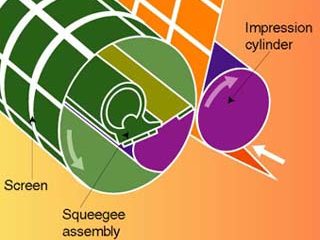One of the greatest growth areas for both pad printing and screen printing in the past year has been mobile phones. In the UK, the demand for these phones has nearly quadrupled during the last twelve months. The trend is expected to continue on both sides of the Atlantic.
One of the greatest growth areas for both pad printing and screen printing in the past year has been mobile phones. In the UK, the demand for these phones has nearly quadrupled during the last twelve months. The trend is expected to continue on both sides of the Atlantic.
Mobile phones present a new opportunity for printers, as well as a unique set of issues: The phones may include customized covers printed with well-known cartoon and film characters printed under license. (My word, aren’t those licenses expensive!) With the licenses come exact specifications concerning image and color requirements. To make matters more difficult, these images then have to be printed on the contoured surface of the phones.
Screen printing frequently is combined with injection molding to produce some mobile phones, but many are molded first, then sprayed with a coating, pad printed, and then finished with a protective clearcoat. This combination of coating and printing poses two problems: One relating to the printability of the sprayed surface, the other involving compatibility between the printed images and the final protective coating.
The initial spray coat often creates varying surface finishes that are not apparent until you attempt to pad print over them. During the print stroke, the ink may not transfer off the pad. The cause of this problem is that the surface energy of the sprayed coating is lower than the surface tension of the ink film. But the problem can be overcome by using an ink with a lower surface tension. It requires some experimentation, but we’ve found that changing the ink is the simplest solution.
Another ink-transfer problem related to the initial spray coating is the dusty overspray residue left on the surface of the phone. When such residue is present, a single pad-printing cycle often does not produce the desired image. The solution is to use a double print cycle, where the first print cycle removes the residue and the second provides a complete print on the clean surface.
The next concern is the printed design’s affect on the final lacquer coating. The problem is that the image area tends to repel the lacquer during the application process. This happens only over the printed image and is caused by leftover silicone from the pad.
When we experienced this problem, we changed to an older pad and the problem became less obvious. But it was impossible to fully eradicate the silicone residue because most pads are a combination of silicone rubber and silicone oil. So we switched to special lower-oil pads. To overcome the lacquer-application problem completely, we eventually had to add quantities of wetting agent to the lacquer.
Pad printing on mobile phones or other objects that have additional coatings is a challenging proposition. But by understanding all the variables, you can overcome almost any obstacle.

 Art, Ad, or Alchemy2 months ago
Art, Ad, or Alchemy2 months ago
 Case Studies1 month ago
Case Studies1 month ago
 Andy MacDougall2 months ago
Andy MacDougall2 months ago
 Columns2 weeks ago
Columns2 weeks ago
 Editor's Note2 weeks ago
Editor's Note2 weeks ago
 Marshall Atkinson2 weeks ago
Marshall Atkinson2 weeks ago
 Thomas Trimingham2 months ago
Thomas Trimingham2 months ago
 News & Trends1 month ago
News & Trends1 month ago







